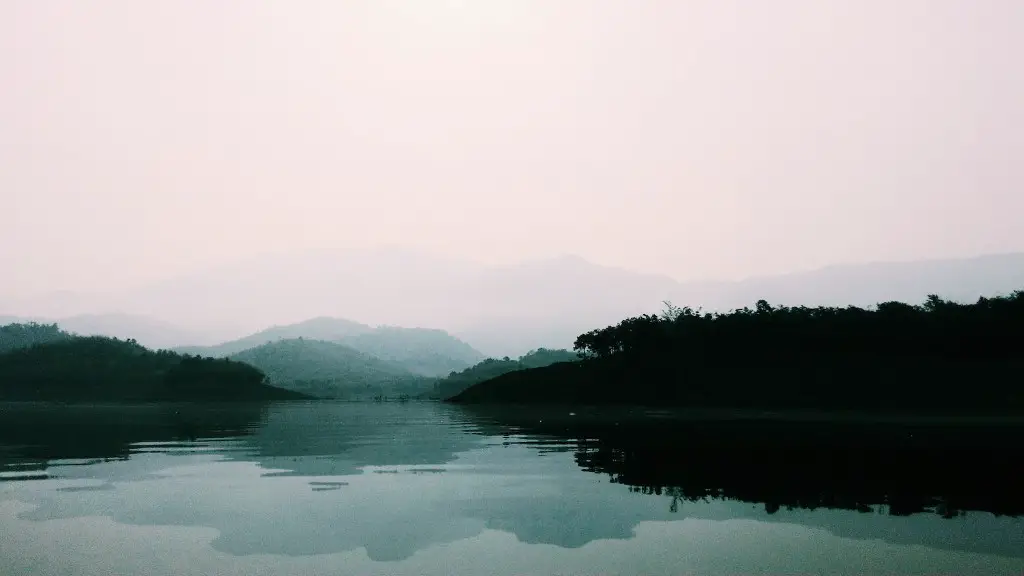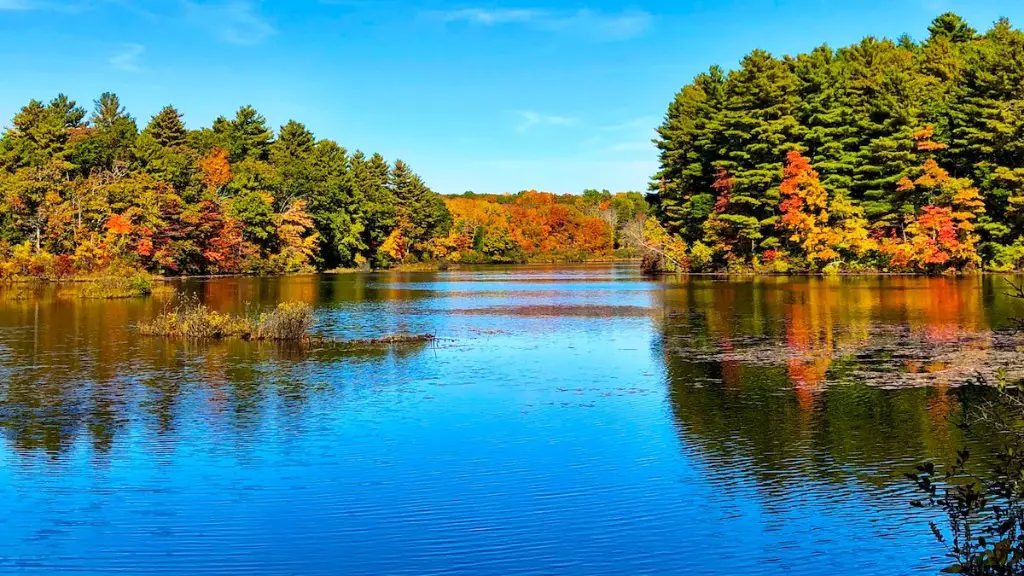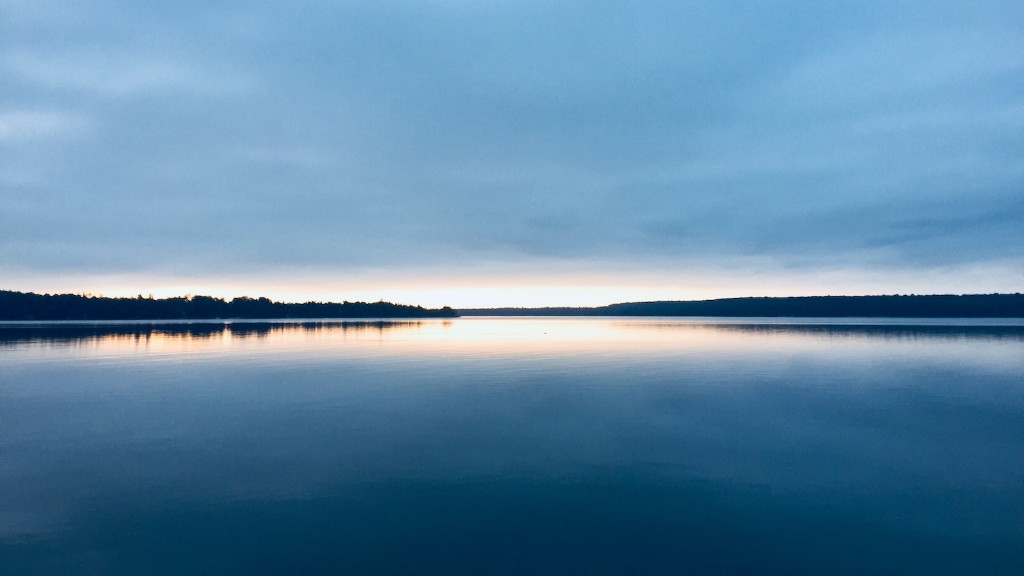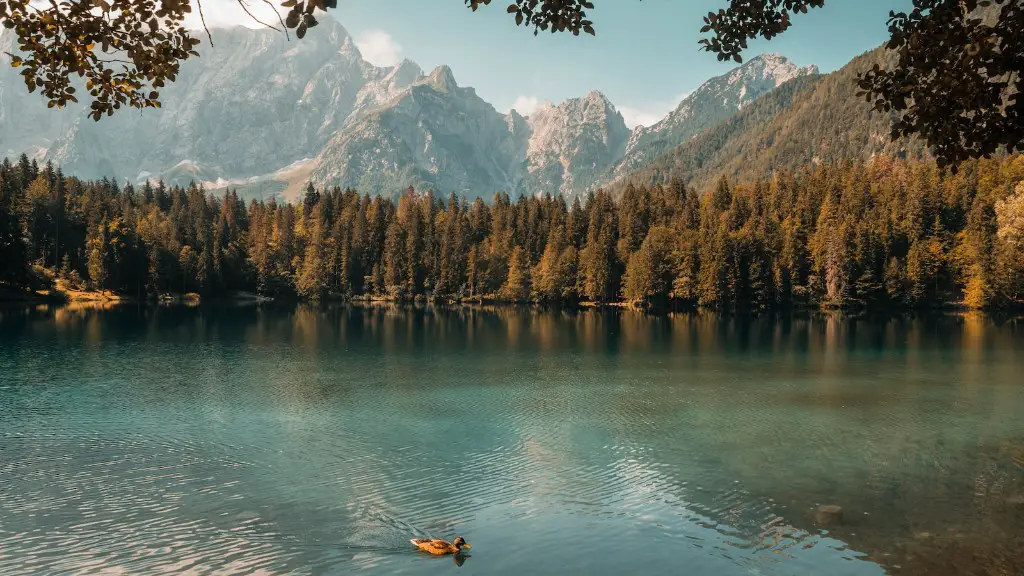Reasons why Lake Michigan Dangerous
Lake Michigan is the deadliest of the Great Lakes because it has a combination of factors that make it more lethal than the other Great Lakes. It is the third largest of the Great Lakes, and it is the only one of the five major lakes that does not have an outlet. This makes it more dangerous when a storm or severe weather is present as it has nowhere to dissipate the energy of the waves. On top of this, its shoreline encompasses four different states, making it challenging for the U.S. Coast Guard to patrol and respond to emergencies.
The lack of a large presence of experienced lifeguards, plus the presence of strong currents, hazardous waves, and sandbars makes the lake particularly dangerous. In addition, the size of the lake and its depth can disorient swimmers and boaters, leading to potentially fatal incidents. According to the US Coast Guard, “Strong rip currents, heavy surf, and unstable depths can quickly create dangerous conditions even in the most popular and most frequently visited swimming areas.”
Fishing can also be a dangerous activity on Lake Michigan, especially in areas known to have high concentrations of anglers. In 2019, seven deaths were directly related to fishing on the lake. Dangerous waves, unstable weather, and a large number of boats, rocks, and obstacles around the lake create dangerous conditions for anglers. Despite the dangers, the lake continues to draw an estimated two million anglers each year.
Shift of Weather
Lake Michigan is prone to sudden weather shifts that can have deadly results. It was the deadliest lake in 2019 in part because of the sudden weather changes that can sweep across the lake in any given moment. Cool water temperatures below 55 degrees Fahrenheit make swimming especially dangerous, as death can occur in minutes if a swimmer gets too cold.
Experts say that global warming has made the lake’s weather more erratic and prone to sudden storms. This is in part because of its location in the central region of the country making it vulnerable to different weather systems. Its large size and shallow waters also allow the weather to shift quickly, especially in summertime.
Danger Overview
Navigating the lake is also complicated because of its danger. When a storm comes, for example, the waves can become especially treacherous. Boaters who aren’t familiar with the lake can get disoriented in rough weather, resulting in accidents and deaths. Additionally, the shipping lanes can be crowded and unsafe, leading to collisions and boat capsizing.
The winds can also be deadly on Lake Michigan. The lake is vulnerable to swift wind shifts and gusts that can knock over boats or increase the size of the waves to dangerous levels. At times, the water can get so rough that boaters can be unable to move and are stuck in the churning water until help arrives.
Lack of Safety Measures
The lack of safety measures to protect swimmers and boaters on the lake is also a major factor in the number of deaths on Lake Michigan. Despite the high number of fatalities, the lake doesn’t have the same number of rescue boats and lifeguards that many other lakes have. This means that when an emergency does occur, response times can be slow and access to rescue boats and equipment can be limited.
The lake itself has very few buoys, life-rings, or locks to help keep people safe. Additionally, there aren’t enough public safety announcements to remind people of the risks associated with swimming or boating on the lake, leading to a lack of awareness of the dangers. Because of this, Lake Michigan remains one of the most dangerous lakes in the United States.
Destructive Rip Currents
Lake Michigan also has a high number of dangerous rip currents that can quickly take a swimmer off their feet, dragging them out into deeper waters. The lake is particularly prone to rip currents because of its unique shape and geometry, with long narrow beaches and deep waters that are prone to large waves. The lack of lifeguards to identify danger and teach swimmers how to survive in a rip current make these currents even more dangerous.
Effects of Pollution
Pollution from sewage and chemicals also contributes to the dangers of Lake Michigan. Pollution from runoff from the shoreline can contain harmful bacteria and other contaminants, leading to illnesses and even death for swimmers and boaters. The lake also has high levels of heavy metals and other industrial pollutants that can harm aquatic life and render the water unsafe for swimming.
Hazards of Shipping
The large number of ships and boats on Lake Michigan make it one of the most hazardous areas for sailing in the United States. Large commercial vessels use the lake to transport goods, while recreational boaters crowd the waters, leading to frequent accidents and collisions. There is also a high degree of pollution from oil and fuel that is spilled on a regular basis.
Inadequate Rescue Services
The high concentration of boaters and swimmers without the presence of lifeguards or adequate rescue services make Lake Michigan especially dangerous. The US Coast Guard is often stretched too thin to respond to every emergency on time, meaning that those in trouble in the lake can be left stranded until help arrives.
Lack of Acknowledgement of Risk
Finally, the lack of acknowledgement of the risks of swimming or boating in Lake Michigan, both on the part of the public and the authorities, is a major factor in its high number of fatalities each year. Many are not aware of the dangers of swimming or boating in the lake, and most who do know the risks don’t take the necessary precautions and are unprepared for emergencies.
Parts of the lake with Maximum Risk
Parts of the lake with the highest rate of drownings include Michigan’s lakeshore and beaches, the Grand Haven pier, and in the center of the lake near shipping lanes. Of these, the most dangerous areas are near shipping lanes that are prone to choppy waters and dangerous currents. This is due to the high number of boats and ships in the area and the unpredictable weather patterns in the lake.
Implications from Safety Experts
Safety experts urge people to be aware of the risks and take all necessary precautions when swimming or boating on the lake. This includes wearing life jackets, being aware of rip currents, and staying away from areas with strong waves or strong currents. They also urge boaters to be aware of the ships in the area and to practice caution when navigating the lake.
Techniques of Preparedness
To prepare for an emergency, experts suggest bringing a life jacket and a whistle and having multiple ways to contact help. They also suggest bringing extra food, water, and shelter in case of a longer emergency. Additionally, they recommend avoiding swimming or boating alone and checking the weather before setting out on the lake.
Issues with Policies and Regulating Agencies
The lack of regulations, policies, and enforcement in regard to boating and watersport safety are also factors in the high number of deaths on Lake Michigan. There is no regulation on the number of boats allowed on the lake, and many people ignore boating and swimming regulations and warnings, leading to dangerous conditions and fatalities.
Actions Taken To Improve Safety
In recent years, the US Coast Guard and other government agencies have begun to make more efforts to improve safety on Lake Michigan. More public safety announcements have been made, and the Coast Guard has seized more boats that were found to be in violation of laws. Additionally, the number of lifeguards on the lake has been increased, but it is still not enough to cover all the shorelines.



